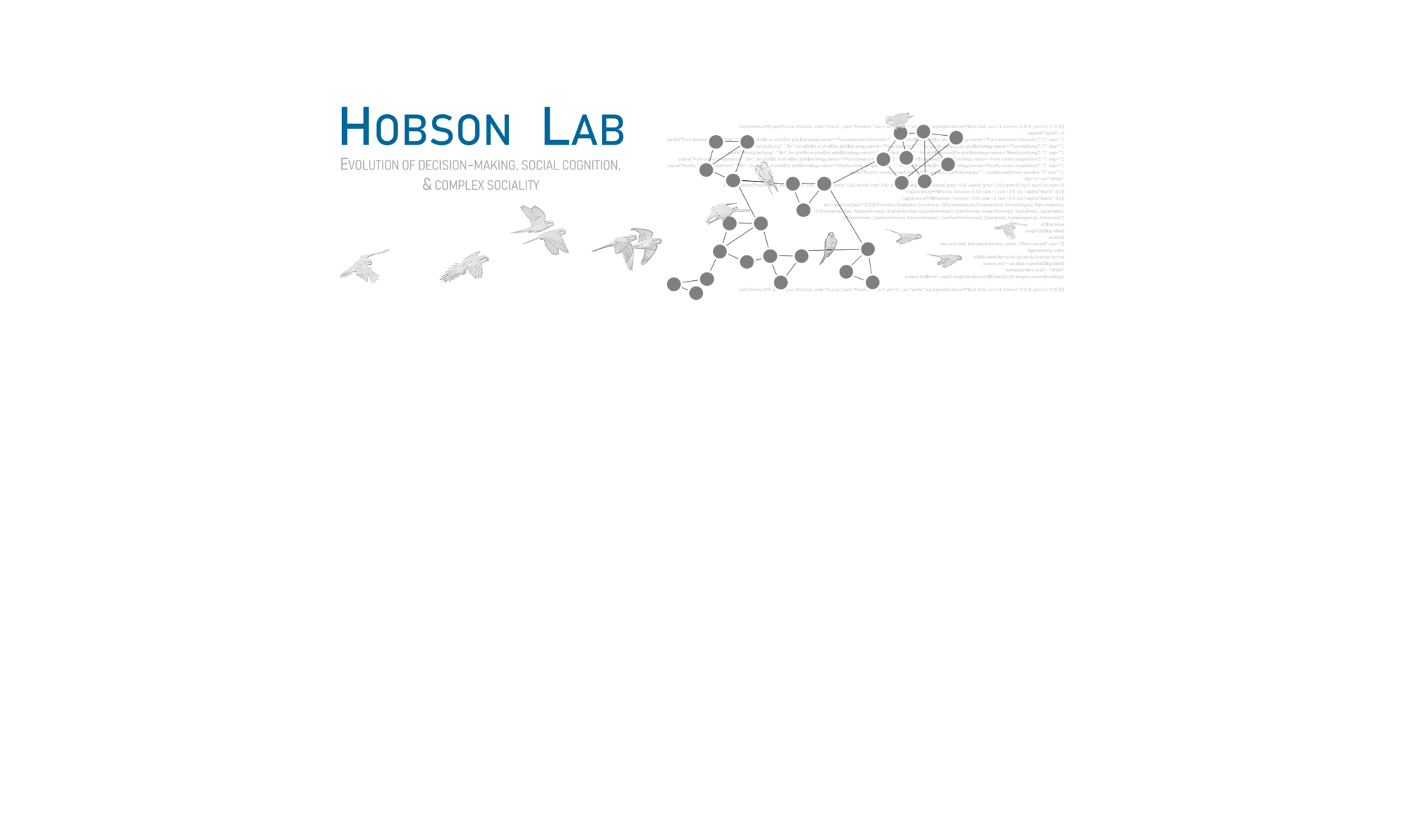New paper on vampire bat social relationships is now out!
Long-term cooperative relationships among vampire bats are not strongly predicted by their initial interactions. Gerald G. Carter, Simon P. Ripperger, Vi Girbino, M. May Dixon, Imran Razik, Rachel A. Page, Elizabeth A. Hobson. Annals of the New York Academy of Sciences, https://doi.org/10.1111/nyas.15241
Abstract
In many group-living animals, survival and reproductive success depend on the formation of long-term social bonds, yet it remains largely unclear why particular pairs of groupmates form social bonds and not others. Can social bond formation be reliably predicted from each individual’s immediately observable traits and behaviors at first encounter? Or is social bond formation hard to predict due to the impacts of shifting social preferences on social network dynamics? To begin to address these questions, we asked how well long-term cooperative relationships among vampire bats were predicted by how they interacted during their first encounter as introduced strangers. In Study 1, we found that the first 6 h of observed interactions among unfamiliar bats co-housed in small cages did not clearly predict the formation of allogrooming or food-sharing relationships over the next 10 months. In Study 2, we found that biologger-tracked first contacts during the first 4–24 h together in a flight cage did not strongly predict allogrooming rates over the next 4 months. These results corroborate past evidence that social bonding in vampire bats is not reducible to the individual traits or behaviors observed at first encounter. Put simply, first impressions are overshadowed by future social interactions.
Altmetrics





